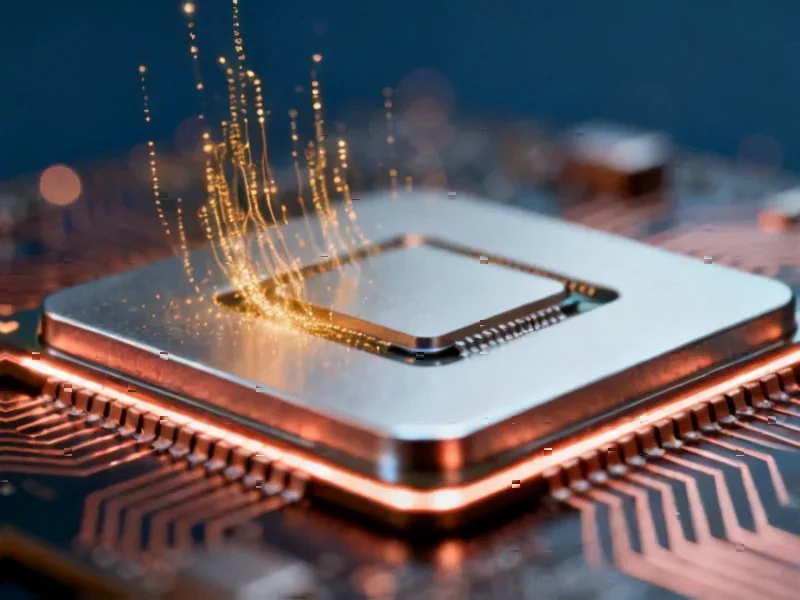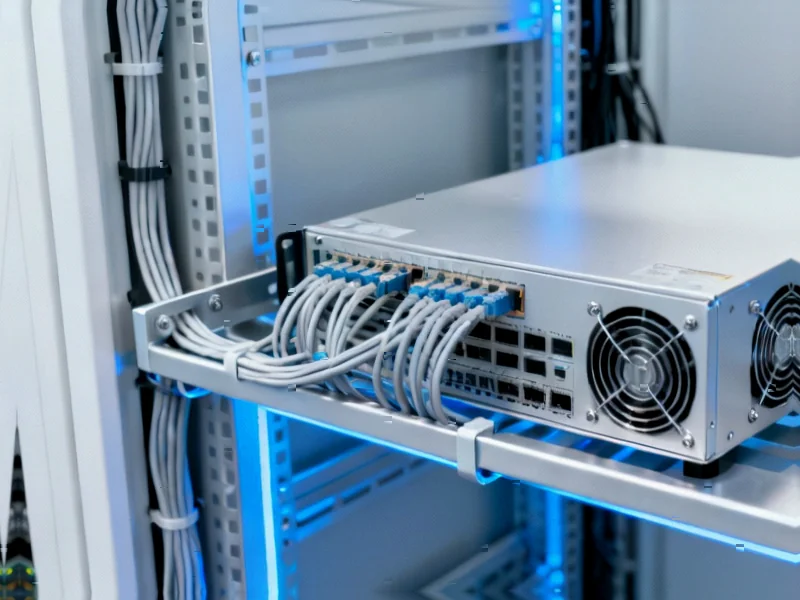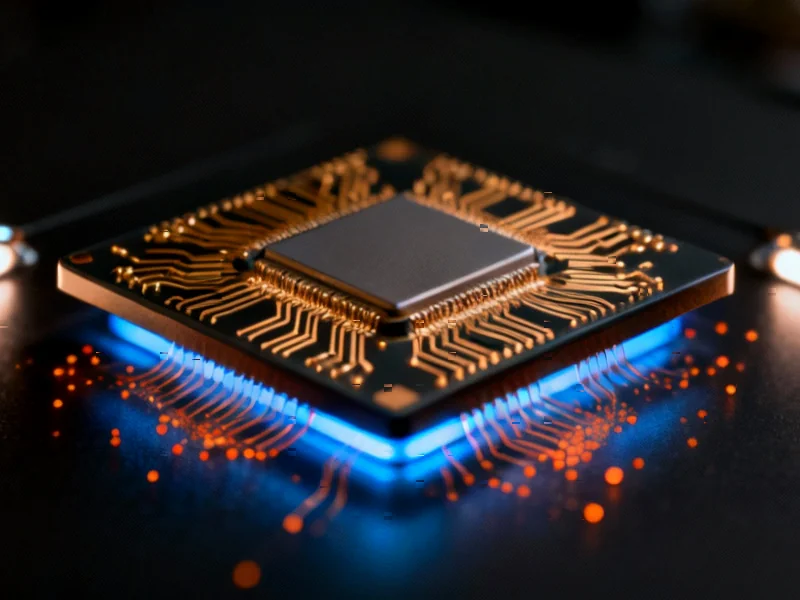According to Wccftech, AMD just announced blockbuster Q3 2025 earnings with record revenue of $9.2 billion, representing a 36% year-over-year increase and 20% quarter-over-quarter growth. CEO Lisa Su confirmed during the earnings call that their next-generation 2nm EPYC Venice processors featuring Zen 6 architecture are performing well in labs and on track for 2026 launch alongside Instinct MI400 AI accelerators. The data center segment hit $4.3 billion while client and gaming surged 73% to $4.0 billion. Multiple cloud partners already have Venice platforms online, and the MI400 series has scored major deals with Oracle and the US Department of Energy, with Oracle committing to deploy tens of thousands of MI450 GPUs starting in 2026.
Data center dominance
Here’s the thing: AMD isn’t just talking about future products – they’re showing serious momentum right now. The data center business pulling in $4.3 billion isn’t just impressive growth, it’s evidence that enterprises are actually buying what AMD is selling. And when Lisa Su says customer engagement for Venice is “the strongest we have seen,” that’s not typical corporate speak. It means big cloud providers are already building infrastructure around chips that won’t even launch until next year.
What really stands out is how specific these commitments are. Oracle isn’t just “evaluating” MI450 GPUs – they’re deploying tens of thousands starting in 2026. The US Department of Energy selected Venice CPUs and MI430X accelerators for their next flagship supercomputer. These aren’t vague partnerships; they’re concrete deployments that will generate real revenue. Basically, AMD has moved from being an alternative to being the default choice for some of the world’s biggest computing projects.
AI accelerator arms race
Now let’s talk about the MI400 series, because this is where things get really interesting. AMD is claiming up to 40 petaflops of compute and 432 GB of HBM4 memory running at 19.6 TB/s. Those numbers aren’t just big – they’re NVIDIA-beating big. And when OpenAI says they’re procuring 6 gigawatts worth of AMD GPUs with 1 gigawatt being next-gen MI450 alone? That’s a statement.
But here’s what matters more than the specs: AMD is finally getting the ecosystem right. FSR 4 adoption doubled to 85 games this quarter, and the Helios rack-scale solutions show they’re thinking beyond individual chips to complete systems. They’re not just selling hardware anymore; they’re selling solutions that enterprises can actually deploy at scale. And given the insane demand for AI compute, timing couldn’t be better.
Client side momentum
While all the attention is on data center and AI, AMD’s client business is absolutely crushing it. Desktop CPU sales at an all-time high? Gaming revenue up 181% year-over-year? These aren’t small numbers – they show AMD is winning across the board. Ryzen 9000 processors are clearly resonating with gamers and creators, and console makers are ramping up for holiday sales.
What’s fascinating is how these segments feed each other. Success in gaming builds brand recognition that helps sell data center products. Strong desktop performance makes enterprises more comfortable with AMD in their servers. It’s a virtuous cycle that AMD hasn’t enjoyed in… well, ever really. They’re firing on all cylinders, and competitors should be worried.
What’s next
AMD’s Financial Analyst Day on November 11th should give us even more detail about their roadmap. But honestly, the story here is already pretty clear: AMD has transitioned from playing catch-up to setting the pace. With Venice and MI400 looking strong for 2026, and current products driving record revenue, they’ve built incredible momentum.
The question isn’t whether AMD can compete anymore – it’s whether they can maintain this growth while executing on an ambitious 2026 product launch. Given their recent track record and the concrete customer commitments they’re announcing, I’d bet they can. This isn’t just another earnings report; it’s validation that AMD’s multi-year transformation is paying off in a huge way.




